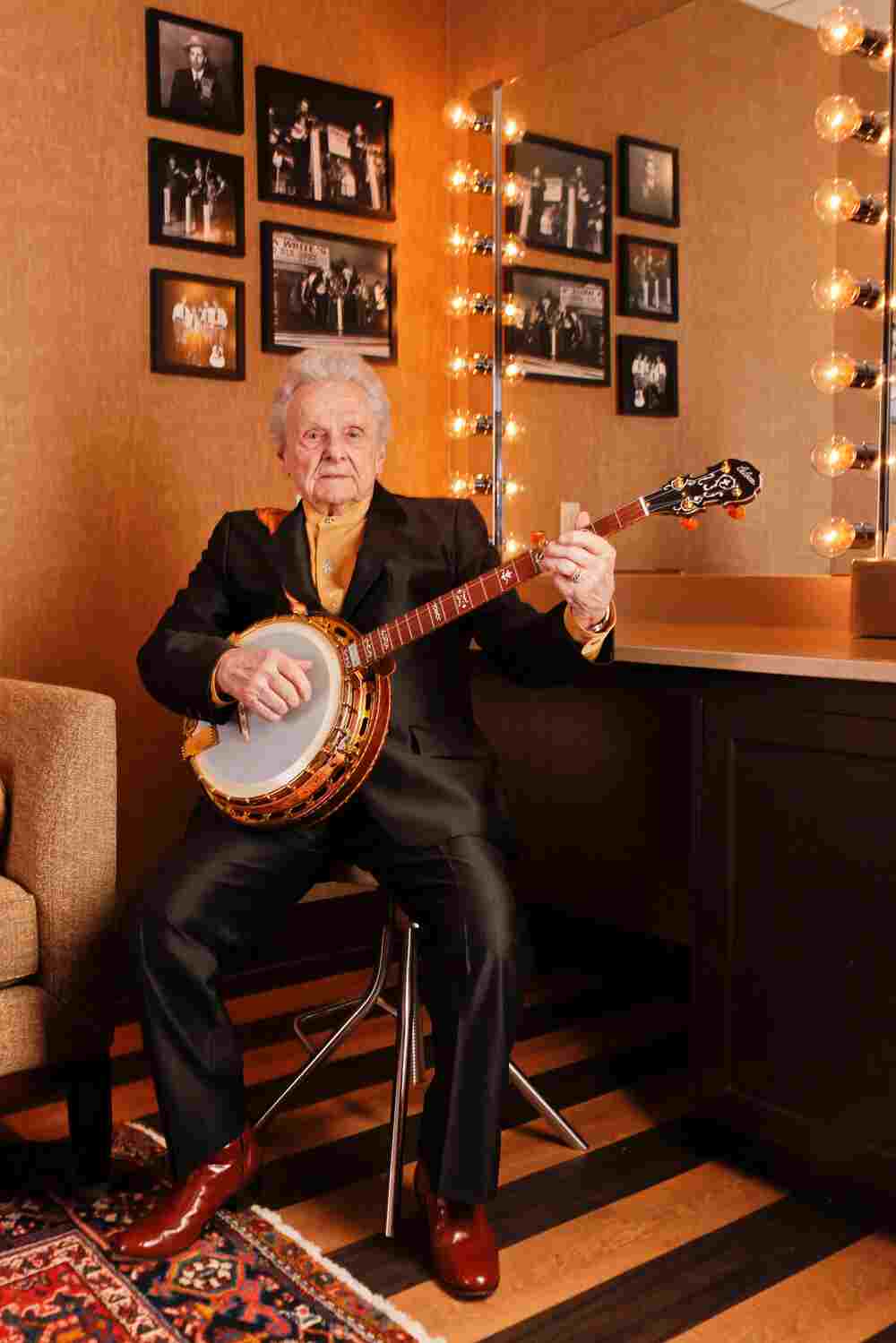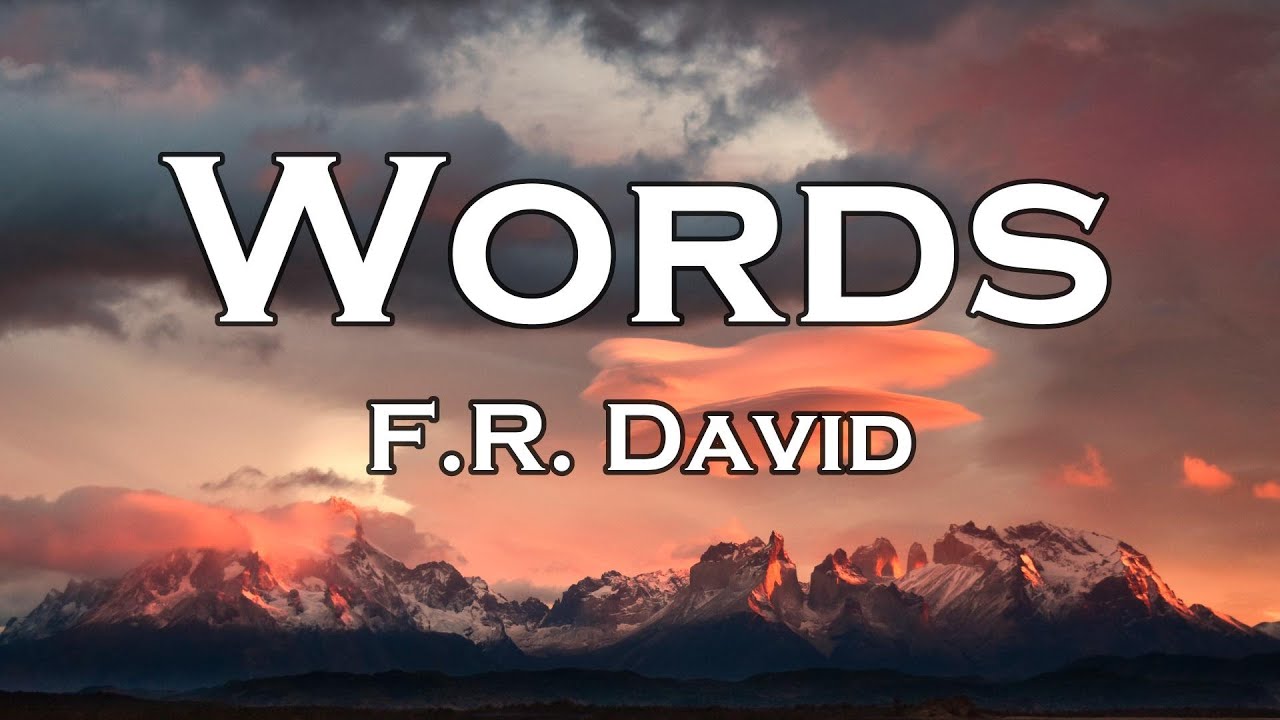Discovering the Ralph Stanley Voice Model: A Tribute to Bluegrass Legend

The Ralph Stanley voice model brings the legendary sounds of bluegrass to life. Ralph Stanley was an iconic American musician known for his high, lonesome voice and masterful banjo playing. His unique vocal style had a deep emotional impact on fans, and now, with modern technology, we can experience his voice in a new way.
Using the Ralph Stanley voice model, creators and fans can explore music like never before. This voice model captures the essence of Stanley’s singing, allowing for exciting projects in music, storytelling, and more. Whether you’re a musician looking to add a classic touch to your work or a fan wanting to relive the magic of bluegrass, this voice model offers something special.
What Is the Ralph Stanley Voice Model?
The Ralph Stanley voice model is a special tool that helps bring the music of Ralph Stanley to life. This model uses technology to copy his unique voice. Ralph was famous for his high, emotional singing that touched many hearts. His music is an important part of bluegrass history.
Fans can now hear his voice through this amazing technology. The voice model lets people listen to sounds that feel just like Ralph himself. It makes his music accessible to everyone, even to those who may not have had the chance to hear him perform live.
How the Ralph Stanley Voice Model Works
This voice model works by using a process called text-to-speech. Here is how it generally functions:
- Recording: First, engineers record many samples of Ralph’s voice.
- Analyzing: Next, they analyze these recordings to capture the unique sounds and emotions in his voice.
- Modeling: Then, they create a voice model that can speak or sing just like Ralph did.
The technology learns the patterns and styles of his singing. This way, anyone can create new songs or narrate stories using Ralph’s voice. It’s like having a piece of bluegrass history in your hands!
The Impact of Ralph Stanley on Bluegrass Music
Ralph Stanley was a pioneer in bluegrass music. He made a big difference in how people view this genre. His unique style inspired many artists to follow in his footsteps. Stanley’s songs are known for their deep emotions and storytelling.
Many musicians today still look up to him. They try to capture the same feelings in their own music. With the voice model, new generations can experience his powerful sound. This helps keep his legacy alive, even for those who never got to see him perform.
Why Choose the Ralph Stanley Voice Model for Your Projects?
Using the Ralph Stanley voice model can add a special touch to your projects. Here are a few reasons why:
- Authenticity: The model sounds like Ralph, giving your music an authentic feel.
- Creative Opportunities: You can create new songs or stories that honor Ralph’s style.
- Learning Tool: This model can help new musicians learn about bluegrass techniques.
The voice model is perfect for anyone who loves music. It helps you connect with Ralph Stanley’s art in exciting new ways. You can use it in videos, presentations, and other creative works.
Real-Life Applications of the Ralph Stanley Voice Model
The Ralph Stanley voice model has many real-life uses. People from different fields can benefit from it. Here are some examples:
- Music Creation: Musicians can use the model to create new songs that capture Ralph’s spirit.
- Educational Purposes: Teachers can introduce students to bluegrass music and its history.
- Entertainment: Filmmakers can use the voice model to add depth to documentaries about Ralph and bluegrass.
These applications show how versatile the voice model can be. It opens doors for creativity and learning, making Ralph’s music relevant today.
Exploring the Features of the Ralph Stanley Voice Model
The Ralph Stanley voice model offers many exciting features. These features help make the voice sound real and full of emotion. Understanding these features can enhance your experience with this technology.
One key feature is emotion recognition. This means the voice model can express feelings like happiness, sadness, or nostalgia. When it sings, it can capture the same emotions that Ralph Stanley did in his performances. This adds depth to the music and makes it more enjoyable for listeners.
Another great feature is customization. Users can adjust the voice model to suit their needs. For example, you can change the pitch or speed of the voice. This allows musicians to create different styles of music while still using Ralph’s unique sound. It opens up many creative possibilities!
Additionally, the voice model can be easily integrated into various applications. Musicians can use it in their recording software. Teachers can incorporate it into their lessons, making learning about bluegrass fun and interactive. This flexibility makes the voice model a powerful tool for everyone.
Creating Music with the Ralph Stanley Voice Model
Creating music with the Ralph Stanley voice model is an exciting experience. Musicians can use it to craft new songs while honoring Ralph’s legacy. Here’s how you can get started:
- Choose Your Theme: Decide what story or emotion you want to convey. This can guide your songwriting process.
- Write Your Lyrics: Craft lyrics that reflect the themes of bluegrass music. Consider storytelling elements that Ralph often used in his songs.
- Use the Voice Model: Input your lyrics into the voice model. You can hear Ralph’s voice sing your words, giving you a feel for how the song sounds.
- Make Adjustments: Tweak the melody or rhythm to fit your vision. Use the customization features of the voice model to create the perfect sound.
By following these steps, you can create music that resonates with audiences. The Ralph Stanley voice model allows you to bring your ideas to life while staying true to the bluegrass roots.
Behind the Technology: How Voice Models Are Made
Creating a voice model like Ralph Stanley’s involves advanced technology and a lot of hard work. Engineers and developers use special tools to build these models. Here’s a simple look at how they do it:
- Data Collection: First, they gather many recordings of Ralph singing and speaking. This includes different songs and emotions.
- Processing: Next, they process these recordings using software. The software breaks down the sounds to understand how his voice works.
- Training the Model: After processing, the voice model is trained. This means the technology learns how to mimic Ralph’s voice patterns and styles.
- Testing: Finally, the model is tested to ensure it sounds like Ralph. Developers make adjustments to improve the quality.
Understanding this process shows how much effort goes into creating a voice model. It’s not just about copying sounds; it’s about capturing the essence of a legendary musician.
Conclusion
In the Ralph Stanley voice model is a fantastic way to celebrate the legacy of a bluegrass legend. It captures the unique sound and emotions of Ralph’s music, making it available for everyone to enjoy. Whether you are a musician, teacher, or simply a fan, this voice model opens up new opportunities to experience bluegrass like never before.
Using the voice model allows people to connect with Ralph Stanley’s music in exciting and creative ways. It helps keep his spirit alive while inspiring new generations to appreciate the art of bluegrass. By embracing this technology, we can ensure that Ralph’s beautiful voice continues to touch hearts for years to come.
FAQs
Q: What is the Ralph Stanley voice model?
A: The Ralph Stanley voice model is a technology that replicates Ralph Stanley’s unique singing voice for music and storytelling.
Q: How does the voice model work?
A: It uses text-to-speech technology, analyzing recordings of Ralph’s voice to create a model that can sing or speak like him.
Q: Can I use the voice model in my music?
A: Yes! Musicians can use the model to create new songs that honor Ralph’s style and sound.
Q: What features does the voice model have?
A: The voice model offers emotion recognition and customization options, allowing users to adjust pitch and speed.
Q: Is the Ralph Stanley voice model available for everyone?
A: Yes, it is accessible to anyone who wants to explore and create with Ralph’s voice.





